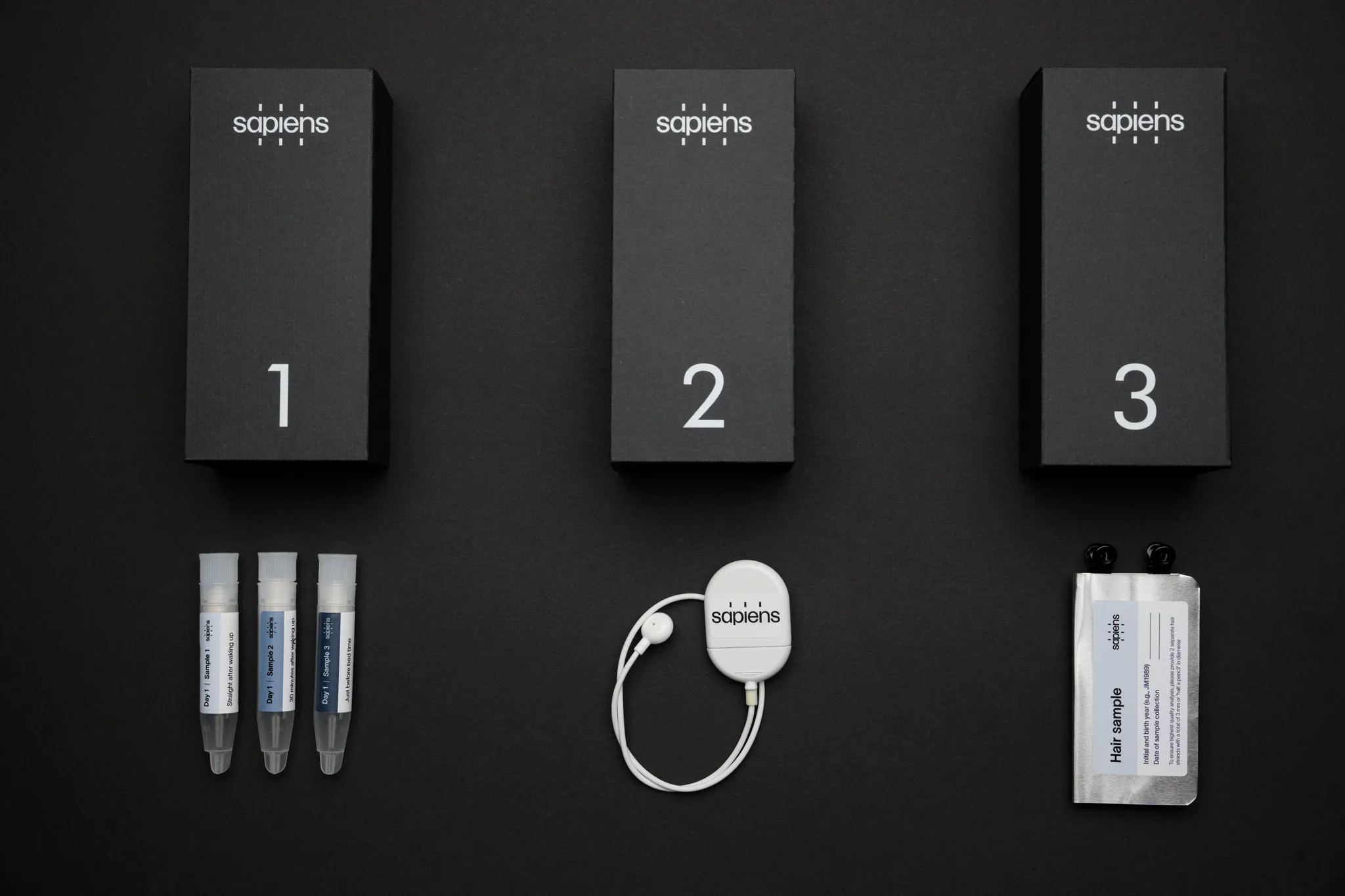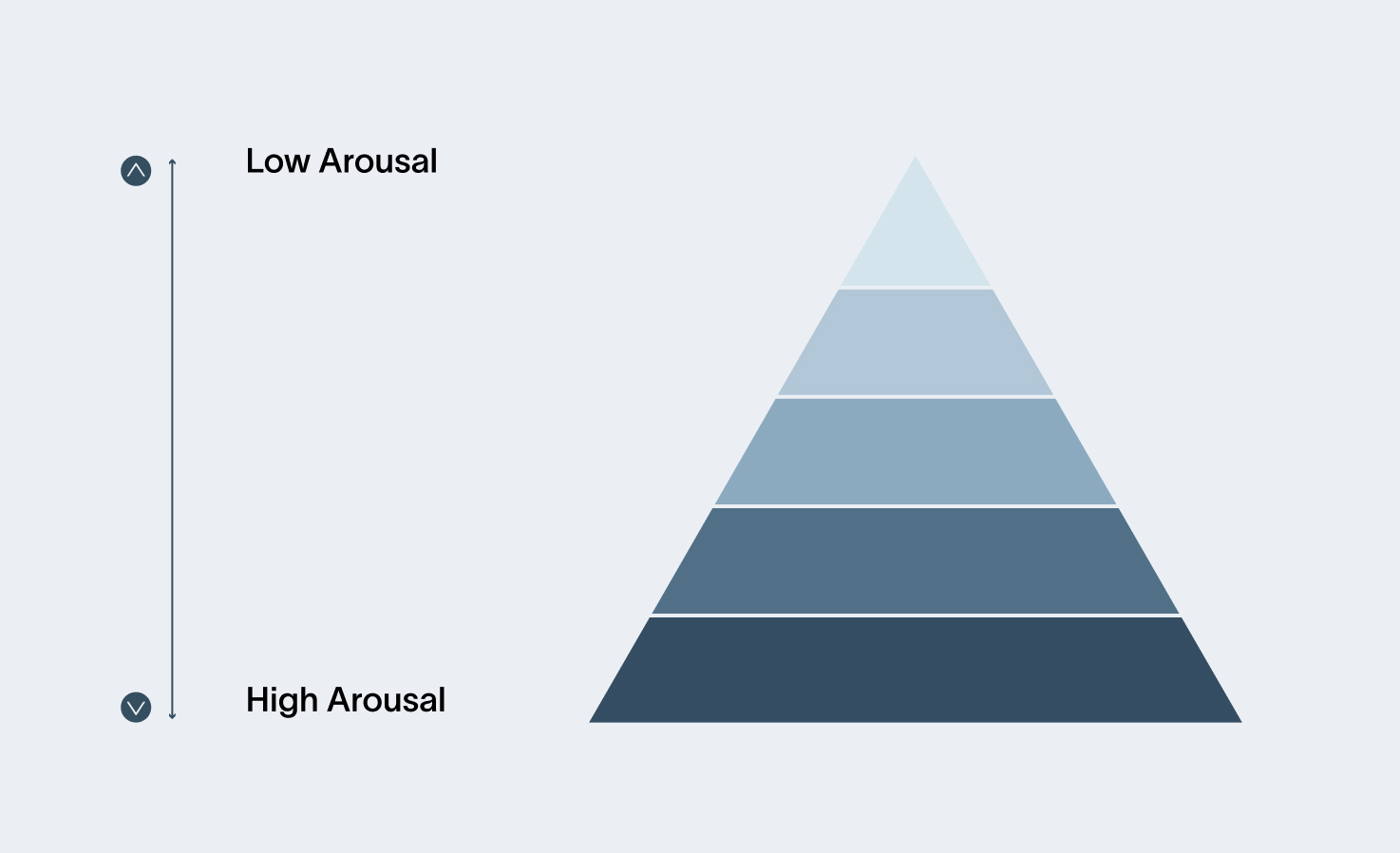Unlocking the Code of Your 3 Biological Rhythms
Our bodies are constantly working behind the scenes, regulating hormones, metabolism, sleep, and body temperature in a carefully timed rhythm. These processes don’t happen randomly—they follow an internal clock that governs how our bodies function throughout the day and night. However, in our busy lives, we often overlook these natural rhythms and instead shape our days around external schedules like work hours and appointments.
This disconnect between our internal clock and modern life takes a toll on our health. Research shows that night shift workers, who frequently live out of sync with their circadian rhythms, are at a significantly higher risk for cardiovascular diseases, depression, and even breast cancer. This highlights a larger issue: the misalignment between our natural cycles and daily routines often prevents us from thriving and fully realizing our potential for optimal health and well-being.
At Sapiens, we’ve found that 95% of our clients struggle with misaligned natural rhythms due to intense workloads and high-pressure responsibilities. Many are concerned that their relentless pace is unsustainable and harmful to their long-term health. Our mission is to help them realign their daily habits with their inner rhythms, empowering them to work with their internal clock, not against it.
What are the biological rhythms?
While many people are familiar with the circadian rhythm, there are two other cycles that strike a beat in the rhythm of our internal clocks. All three cycles work together to regulate our energy and focus, providing a natural rhythm that supports our daily lives.
Micradian Rhythm: Short cycles lasting 5-10 seconds, driven by the balance between the sympathetic nervous system (activated during inhales) and the parasympathetic nervous system (engaged during exhales). These rhythms govern our breathing patterns and help maintain a state of balance in the nervous system.
Ultradian Rhythm: Cycles of approximately 90 minutes that alternate between periods of focus and defocus, regulated by fluctuations in glucocorticoids like cortisol. These rhythms are key to sustaining productivity and preventing stress-flares throughout the day.
Circadian Rhythm: The 24-hour cycle that governs energy mobilization and regeneration. It is regulated by hormones and neurotransmitters such as cortisol, dopamine, serotonin, and melatonin, influencing sleep, metabolism, and overall well-being.
Health benefits of synchronizing natural rhythms
Aligning your daily habits with your body’s natural rhythms can unlock powerful health benefits. Here is how small tweaks in how you structure your day can help you sync with these rhythms, enhancing your well-being and supporting long-term vitality:
- By consciously deepening your breath cycles—governed by the micradian rhythm—you can reduce stress, enhance mood, and promote nervous system balance.
- Taking strategic breaks after focused work sessions, in line with the ultradian rhythm, helps prevent fatigue, sustain productivity, and improve overall performance. These small adjustments can make a significant difference in how you feel and function throughout the day.
- Synchronizing with the circadian rhythm not only boosts cognitive functioning but also significantly reduces the risk of serious health conditions: a 23% decrease in heart disease, 42% reduction in depression, 19% lower risk of cancer, and 29% reduction in type 2 diabetes.
How to synchronize with your biological rhythms
Here are some examples of how misalignment with our inner body rhythms manifests and how it can be addressed:
Micradian Rhythm: Inhale-Exhale
- What Goes Wrong: Many people hold tension in their body and diaphragm even during exhales, reinforcing stress and preventing their nervous system from relaxing. This keeps the body in a heightened state of stress, undermining recovery and calm.
- How to Re-Sync: Prime your nervous system to release tension by practicing a 5-minute morning coherent breathing exercise, focusing on letting go during each exhale.
Ultradian Rhythm: Focus-Defocus
- What Goes Wrong: Most people push themselves beyond natural 90-minute focus cycles, leading to mental fatigue, distraction, and decreased productivity.
- How to Re-Sync: Alternate between 90 minutes of focused work and 15 minutes of deliberate rest or defocus. Start by scheduling one uninterrupted 90-minute work cycle daily. Manage internal distractions using the 5-second rule, block external interruptions with app-blockers like Opal, and follow up with a 15-minute break to recharge.
Circadian Rhythm: Activation-Recovery
- What Goes Wrong: Many people work like shift workers, disrupting their circadian rhythm with habits like late-night blue light exposure, eating late, intense evening workouts, and not making the most of their morning peak.
- How to Re-Sync: Organize your routines around your body’s biochemistry:some text
- Morning Routine: Set the tone for high-cortisol and high-dopamine activities with a cold shower, high-intensity exercise, and 5 to 10 minutes of bright sunlight. Follow this with linear, focused problem-solving tasks during your peak hours.
- Evening Routine: Wind down with creative or non-linear activities like writing, followed by a warm bath, gentle movements like Yin Yoga, dimmed lights, and a wind-down practice to prepare for restful sleep.
Aligning with your micradian, ultradian, and circadian rhythms isn’t just about preventing health issues—it’s about unlocking your full potential. Picture beginning your day with heightened focus, maintaining steady energy through demanding tasks, and finishing with a sense of calm and fulfillment. By working in synergy with your natural cycles, you can achieve greater impact with less effort, transforming not just how you work but how you live.


.jpg)
.jpg)




.jpg)
.png)
.jpg)
.png)
.png)















.jpg)